SPACE EXPLORATION WITH ARIANE: TURNING SPACE FICTION INTO SPACE REALITY
27.06.2024
Launch on board Ariane rockets is the starting point of major space missions pushing back the frontiers of knowledge about our universe.
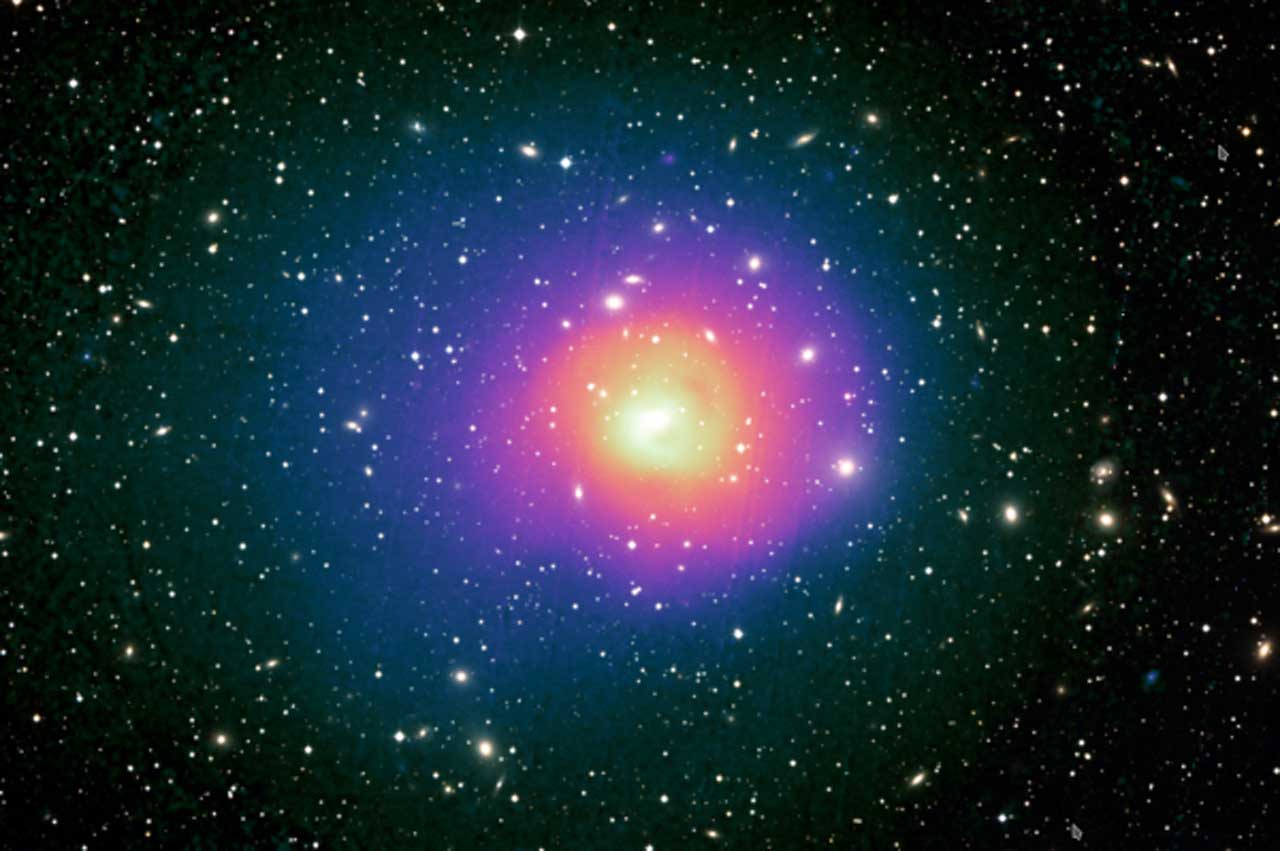
Giotto: Comet chasing 1
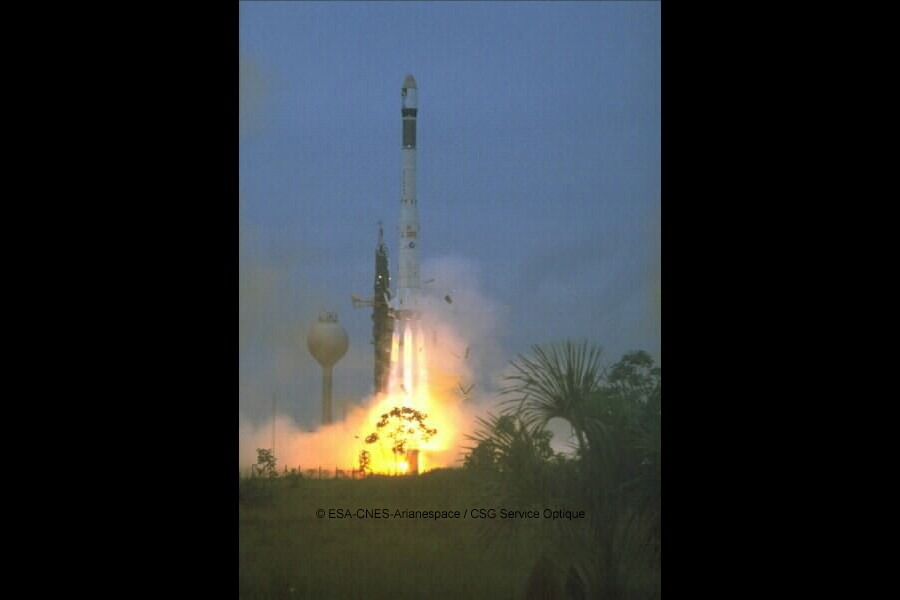
Launched by Ariane 1, July 2, 1985.

© ESA
Europe’s first deep-space mission, Giotto was the first spacecraft to take close-up images of a comet, visiting both the young, active Halley’s comet in 1986 and the old Grigg-Skjellerup comet six years later.
Hipparcos (HIgh Precision PARallax COllecting Satellite): Star mapping

Launched by Ariane 4, August 8, 1989.

© NASA
During its three and a half year lifetime Hipparcos created the first all-sky map. It measured the position of over 100,000 stars with high precision and over 1,000,000 stars with a lower precision, providing an invaluable tool for astronomers.
Infrared Space Observatory (ISO): Probing the hidden universe

Launched by Ariane 4, November 17, 1995.

© ESA
ISO observed thermal radiation from astronomical objects invisible to optical telescopes. The most sensitive infrared satellite at the time, it made important discoveries about interstellar dust, the matter between stars within galaxies.
XMM-Newton: X-ray vision

Launched by Ariane 5, December 10, 1999
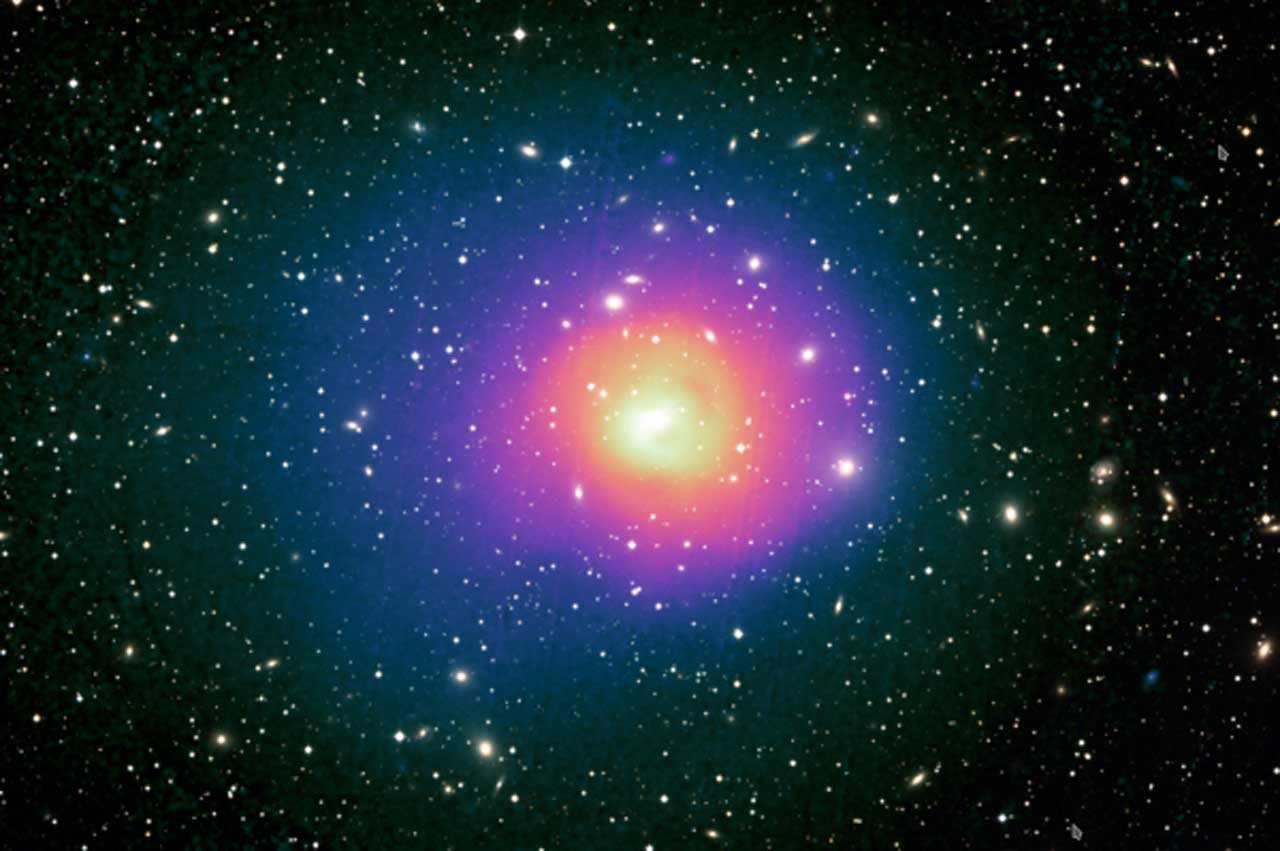
© ESA
Still going strong after 20 years, the huge and powerful XMM-Newton X-ray telescope is helping to solve many cosmic mysteries, from what happens in and around black holes to the formation of galaxies in the early universe.
Rosetta: Comet chasing 2

Launched by Ariane 5, March 2, 2004.
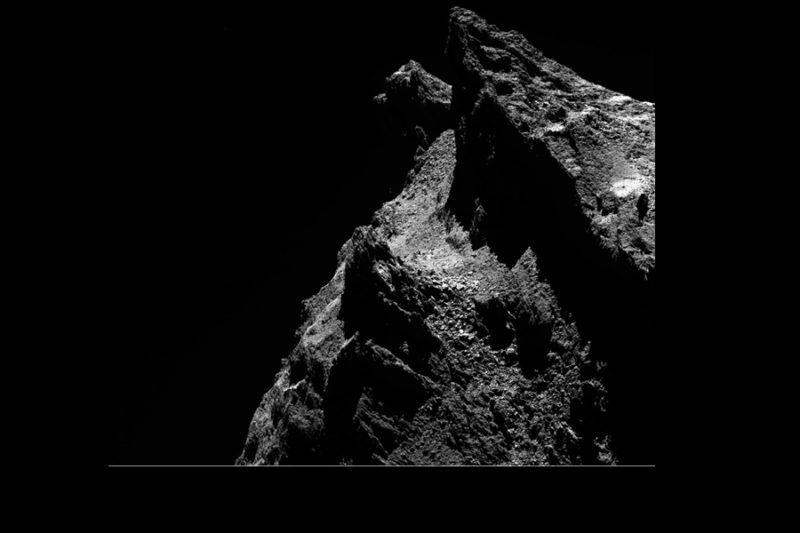
© ESA
After a 10-year journey, Rosetta was the first spacecraft to orbit a comet (Churyumov-Gerasimenko) for nearly two years, following its voyage through the inner solar system, and put down a lander, Philae, on its suface.
Herschel/Planck: Looking back to the dawn of time

Launched by Ariane 5, May 14, 2009.
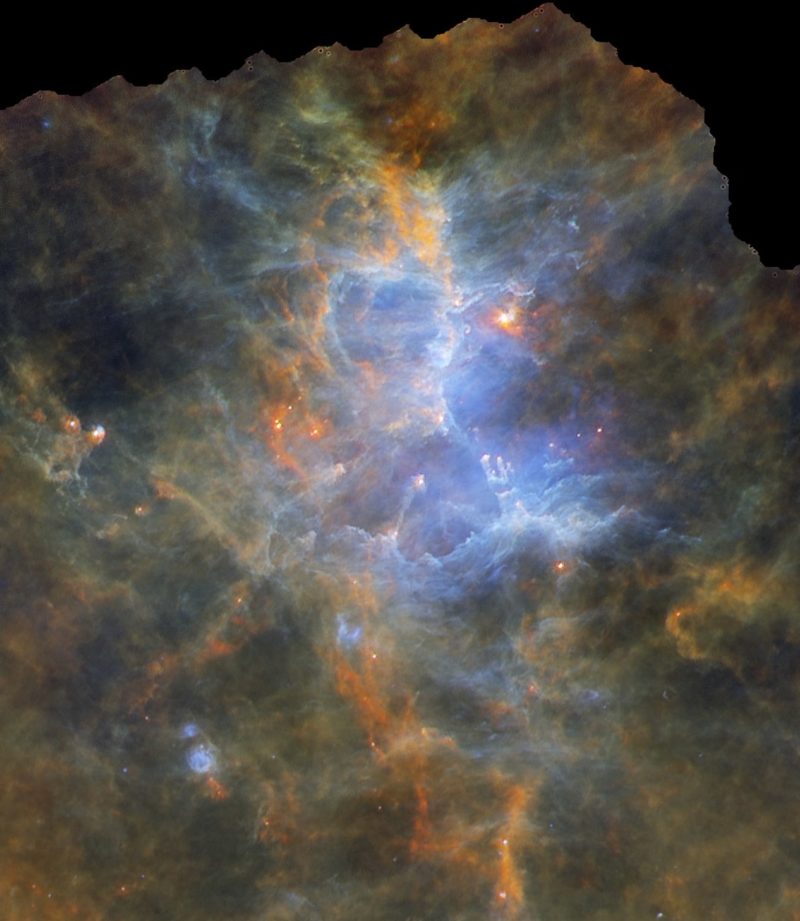
© ESA
Combining observations of the distant universe made by far infrared space telescope Herschel and cosmic background mapper Planck, cosmologists have discovered what could be the precursors of the vast clusters of galaxies visible today.
BepiColombo: Mission to Mercury

Launched by Ariane 5, October 20, 2018
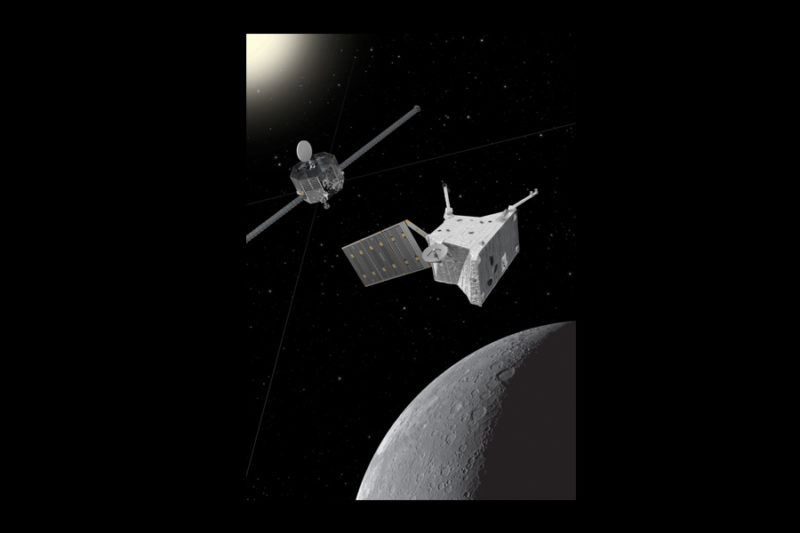
© ESA
BepiColombo is on a seven-year journey to the smallest, innermost planet orbiting our sun, which could hold important clues about the formation and evolution of the entire solar system. Is there water ice on Mercury?